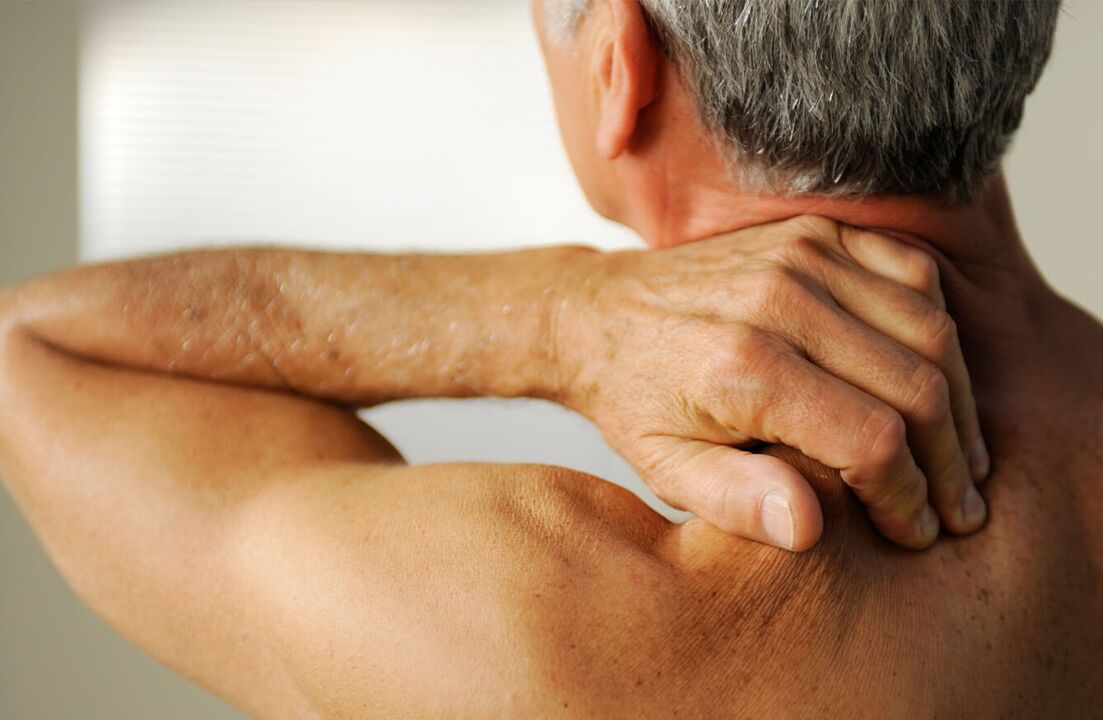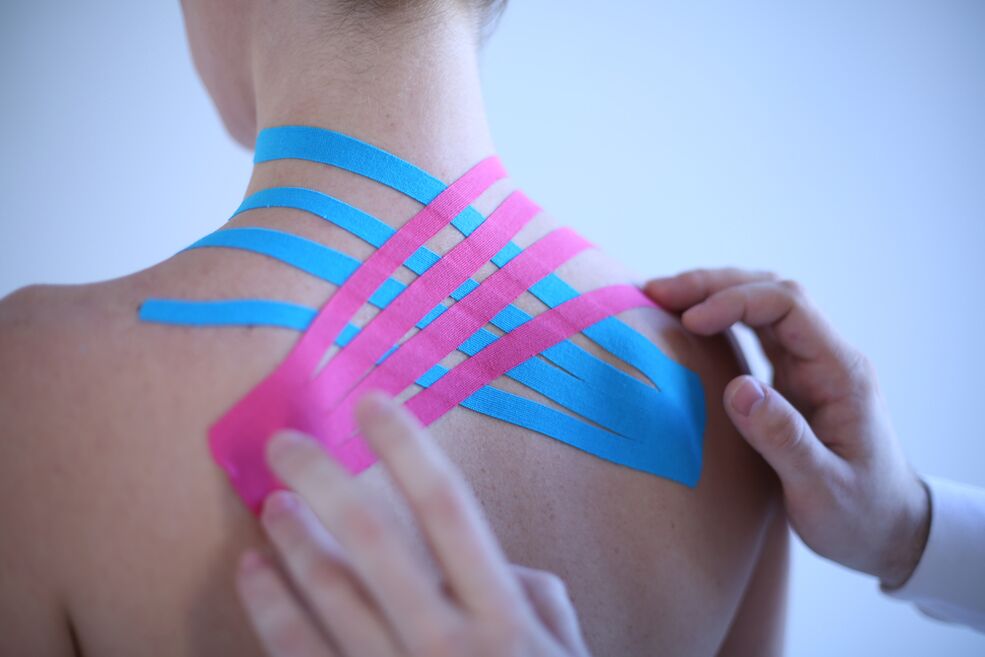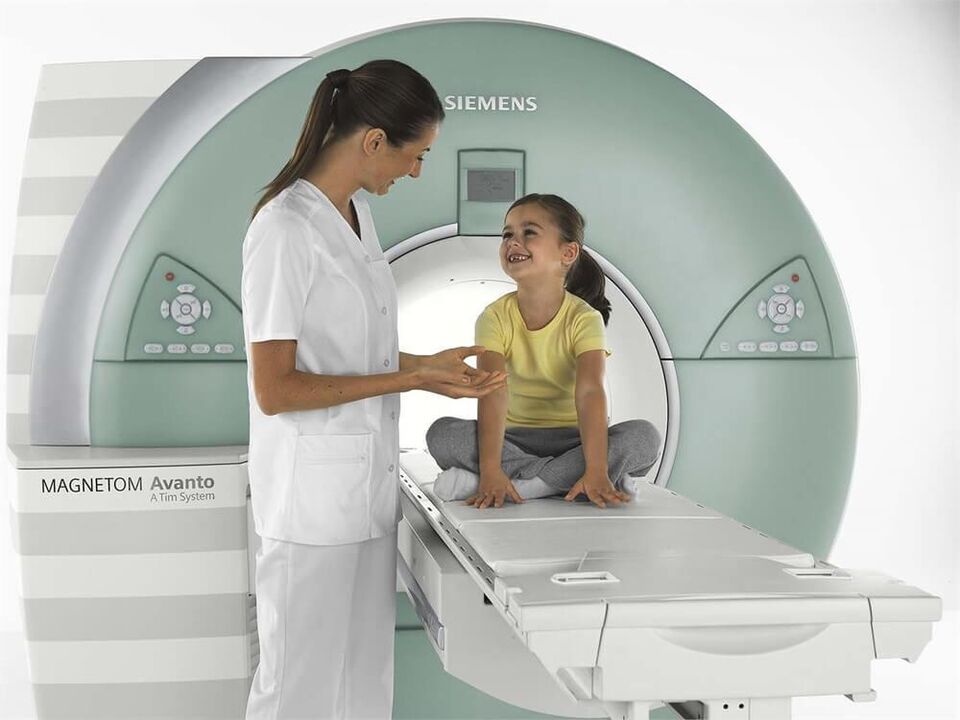Osteochondrosis of the spine is a pathology of the articular cartilage, which is part of the intervertebral discs. According to statistics, the disease occurs in different degrees of severity in more than 60% of middle-aged people. The disease cannot be ignored, so it is useful for everyone to know the main points about the prevention and treatment of osteochondrosis of the spine. The article will consider in more detail the principles and directions of pathology therapy.

Causes of the disease and who is at risk
The main causes of osteochondrosis of the spine include:
- Scoliosis or pathological kyphosis of the spine.
- Genetic predisposition.
- Deficiency of trace elements (Ca, Mg, P), hormonal metabolic disorders.
- Displaced spine injury or surgery.
- Heavy working conditions or a sedentary lifestyle, obesity or pregnancy.
- Nervousness, smoking and alcoholism etc.
Osteochondrosis of the spine affects people of almost every age. The elderly are more likely to suffer because of the irreversible changes in cartilage associated with aging. Most often in young and middle people, osteochondrosis is caused by scoliosis of the spine, trauma, obesity.
Types and degrees of osteochondrosis
Depending on the location of the pathological process, osteochondrosis is divided into individual segments of the spine: the cervical spine (SHOP), the thoracic spine (GOP), the lumbar spine (POP) and the sacrum (COP). If 2 or more departments are affected, one speaks of a common osteochondrosis of the spine. Other forms of the disease are much less common and are seen separately: osteochondrosis of the lower extremities, upper extremities and other joints. In Russian literature, they are often referred to as osteochondropathies.
Depending on what changes have occurred in the intervertebral discs of the spine, there are 4 stages of the disease. The degree of osteochondrosis of the spine is determined on the basis of the analysis of the clinical picture and the data from radiation research methods. The leading method of diagnosing the disease is x-ray of the spine in frontal and side projections.
Signs of different types of osteochondrosis
Before starting treatment, it is necessary to properly diagnose the disease. Many of the symptoms are often ignored due to fatigue. The main symptoms of the disease are as follows:
- Aching pain and discomfort in the affected area of the spine, aggravated by exertion or overexertion.
- Irradiation of pain in the limbs (if there is damage to the SHOP - in the arms, shoulders, headaches are possible, POP - in the legs, buttocks, etc. ).
- Damage to the SHOP: tinnitus, frequent dizziness, nausea, etc.
- Numbness and weakness in the limbs.
A gradual increase in the symptoms of the disease with age is characteristic of osteochondrosis of the spine. Without adequate treatment, pain can seriously impair work ability and quality of life, and complications are possible. Therefore, even at the first symptoms of the disease, it is worth contacting a doctor to prescribe treatment.
Is it possible to completely cure osteochondrosis?
It is widely believed that osteochondrosis can not be treated, many suffer from it, so you should not pay attention to the pathology. This approach is fundamentally wrong. The disease will progress without treatment.
It is impossible to cure osteochondrosis forever because most changes in the intervertebral discs are irreversible. But it is possible to weaken the manifestations of the pathology, stop its progression. Success, of course, depends on the stage of the disease, and the earlier treatment is started, the more effective the therapy.
How to treat osteochondrosis of the spine
Treatment of osteochondrosis of the spine is prescribed by a doctor after an accurate diagnosis and is carried out using several conservative methods. The optimal methods are selected individually and depend primarily on the stage of the disease. The course of treatment includes taking medication, exercise therapy, physiotherapy, kinesio taping, etc.

In exceptional cases, when the main conservative methods of treatment are ineffective, surgical intervention is performed on the spine. More often, the indication for an operation is a pronounced pain syndrome caused by a complication of the disease (hernia or protrusion of the intervertebral disc of the spine, sciatica, etc. ). It is also worth noting that treatment in childhood and old age has its own peculiarities, so we will consider this topic in more detail.
Therapy in children
Osteochondrosis in children is a relatively rare occurrence and is most commonly caused by an injury, developmental abnormality, or congenital disease. Better to use safer methods like MRI to help make a diagnosis. Treatment of osteochondrosis in children is carried out according to the general principles as in adults, but more sparingly.

The complex of therapeutic measures and procedures is selected individually. The safest drugs with minimal toxic effects that do not cause allergic reactions are selected. Manual therapy, massage should be carried out by specialized professionals, taking into account the characteristics of the child's body. Apitherapy is an unacceptable treatment method in childhood.
Therapy in the elderly
Osteochondrosis occurs almost everywhere in the elderly. Treatment should necessarily be carried out taking other medications into account, taking into account the general state of health. If a person takes additional drugs, it is necessary to consider their interactions.
Massage is not recommended for osteochondrosis of the spine in the elderly. Manual therapy should also be performed by a qualified doctor, taking into account age characteristics. Exercise therapy exercises are selected taking into account the physical abilities of an elderly person, are necessary to strengthen the muscles of the back and reduce the load on the spine. Otherwise, the disease is treated according to general principles.
How is osteochondrosis treated: drugs
Treatment of osteochondrosis of the spine with the help of drugs is carried out in two main directions: eliminating pain, improving the processes of regeneration in the body and the structure of cartilage tissue. Treatment of pain syndrome in osteochondrosis of the spine depends on its severity. With insignificant pain, drugs of the NSAID group are used. Severe pain syndrome for several weeks with a decrease in the ability to work can be an indication of the appointment of opioid analgesics. Antidepressants can be prescribed in addition to NSAIDs for pain that persists for several months.
Chondroprotectors can be used to improve cartilage regeneration. In addition, antispasmodic drugs can be used in the event of an exacerbation of osteochondrosis of the spine. Vitamin supplements and angioprotectors are used for general health purposes and to improve metabolic processes.
The role of physiotherapy
The treatment regimen for osteochondrosis of the spine must necessarily include one or more physiotherapeutic methods. Such complex therapy, along with the use of drugs, will significantly alleviate the condition and accelerate recovery. The following methods of treating osteochondrosis of the spine are used:
- Acupuncture or acupuncture. The essence of the method lies in the action of special needles on certain active points of the human body, which allows to get rid of muscle spasms and improve metabolic processes.
- Massage. During the procedure, muscle tension and pain are relieved, and local metabolic processes and blood circulation are improved.
- Electrophoresis. The essence of the method is to pass a small current through the body. As a result of treatment, the metabolism and blood supply to the tissues are improved, and when drugs are administered together, their penetration improves.
- Magnetic Therapy. This method of treatment helps reduce inflammation and also helps normalize blood supply and metabolism.
- Spinal traction. The method allows you to increase the distance between the vertebrae, which relieves pain and improves the mobility of the spine, the muscles and ligaments are trained.
- Laser treatment. The method helps to relieve pain and swelling of the tissues surrounding the spine, improves local metabolic processes and reduces inflammation.
Physiotherapy is not used with an exacerbation of osteochondrosis of the spine, treatment is carried out only during the period of remission. The procedures are prescribed in courses of 1-2 weeks. The frequency of treatment is 2-3 times a year.
Hospital treatment
The standards for the treatment of osteochondrosis of the spine suggest outpatient therapy, that is, in a polyclinic. In a hospital, therapy is only indicated if there are complications. So patients with sciatica must be hospitalized.
Osteochondrosis treatment in China has long been carried out on the basis of special facilities where manual therapy is performed by qualified personnel, osteochondrosis is treated with ultrasound, magnetic and laser radiation, and other methods of physiotherapy. Thanks to the hospital plan, patients are treated fully and on time, which allows them to achieve high results. In modern home health care, special facilities for the treatment of the disease are being developed (for example, a medical center for the treatment of osteochondrosis), where vertebrologists or neuropathologists constantly monitor the patients, there are the latest equipment and devices for the treatment of osteochondrosis.
Manual therapy
Massage is the most common and inexpensive method of physical therapy for osteochondrosis of the spine (see the benefits of the procedure above). The procedure is only carried out by a qualified specialist and only during the remission period. Acute illness is a contraindication for manual therapy.
The classic massage of the spine includes the following techniques: stroking, rubbing, kneading, vibrating, etc. The procedure begins with a blow on the lumbar region, followed by a transition to the collar area. This is followed by a Segmantar reflex massage.
Apitherapy
Apitherapy is an alternative method of treating osteochondrosis using bees. The method is prohibited for people with an allergy to bee stings. During the procedure, one or more insects are brought to the affected area for the bee sting. At the beginning of treatment, 1-2 bees are used, later their number gradually increases to 20-30.
Apitoxin, or bee venom, enters the body through a bee sting. This substance has a pronounced analgesic and anti-inflammatory effect. Bee venom has detoxifying properties, stimulates metabolic processes in the body and helps to restore the connective tissue structures of the spine.
Gymnastics according to the author's method
Special gymnastics can be used as an exercise in osteochondrosis. The method involves long daily training. The main feature of the exercises is compliance with gymnastics hygiene, as well as self-confidence.
The technique includes more than 60 exercises. Exercise helps tighten the muscles of the spine and relieve tension. It relieves pain, improves mobility and mobility of the spine.
Traditional medicine for osteochondrosis
The use of traditional medical methods is permitted as part of a complex therapy. For example, rice is widely used to treat osteochondrosis. A person goes on a rice diet for about a month and a half. Kvass is also made from rice, which has healing properties.
Sometimes osteochondrosis is also treated with nettle. For this purpose, tinctures based on vodka are made. Treatment of osteochondrosis with cinquefoil is also carried out with the preparation of tinctures or decoctions, extracts or ointments.
Precautions
There are no specific methods of preventing osteochondrosis. However, if you adopt a few habits, the risk of developing the disease will be reduced. Doctors recommend that you be guided by the following principles:
- Avoid excessive physical exertion and injury.
- Use orthopedic mattresses or semi-rigid beds.
- Treat other diseases in a timely manner.
- Avoid nervousness, stress.
- Eat completely rationally, do sports.

If osteochondrosis of the spine has already been identified, all therapeutic measures should be coordinated with the doctor. Self-medication at home can provoke the development of complications. The use of questionable methods without proven effectiveness is excluded (treatment with hydrogen peroxide, stretching the spine by hanging it on a clothes hanger, etc. ). Proper treatment for osteochondrosis of the spine will significantly improve the patient's quality of life and reduce the likelihood of the disease getting worse.






























